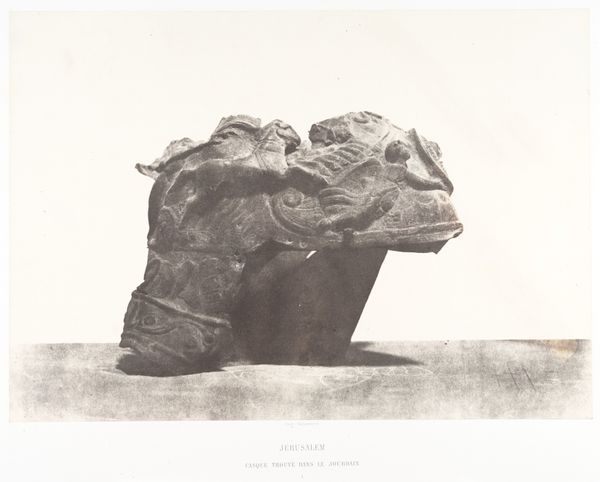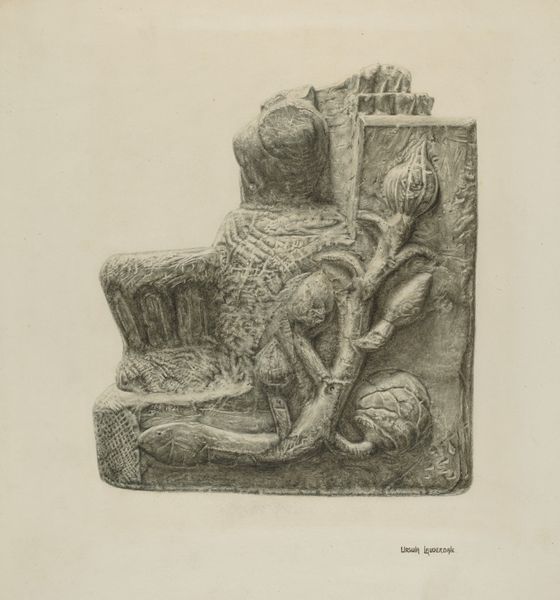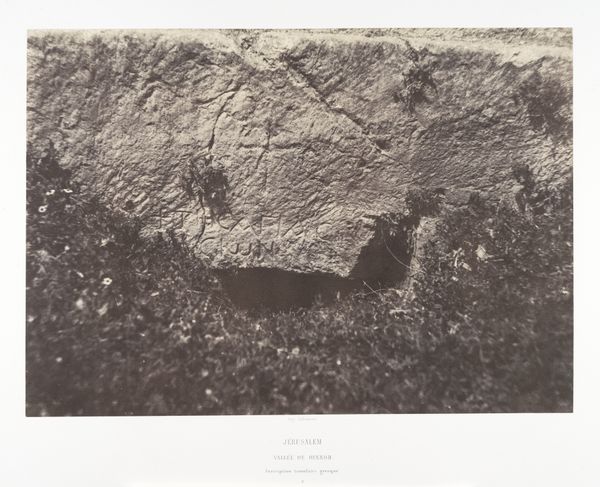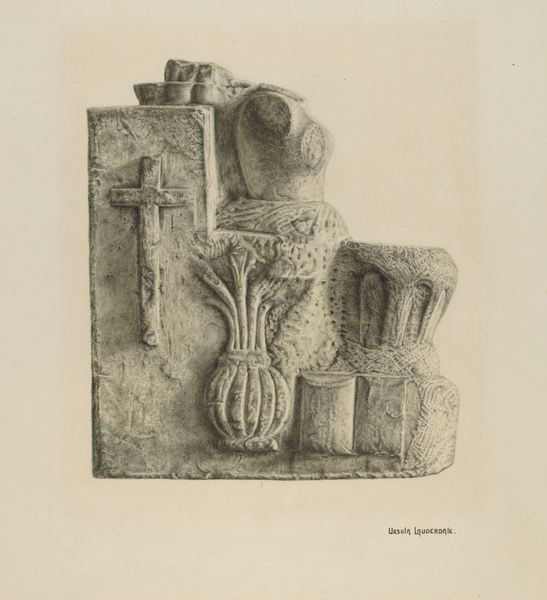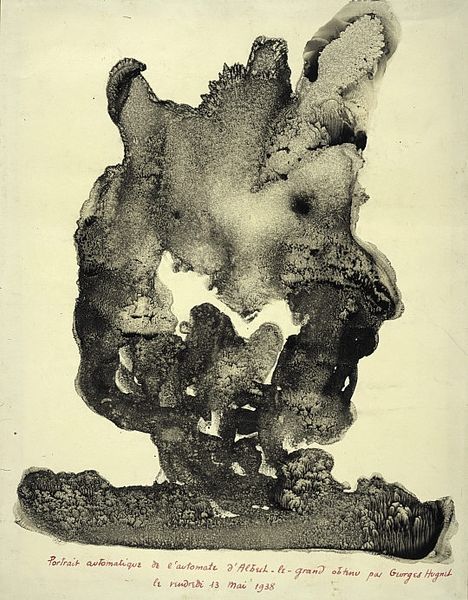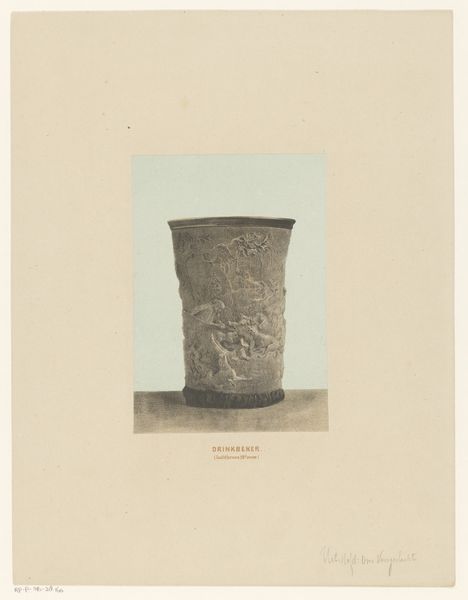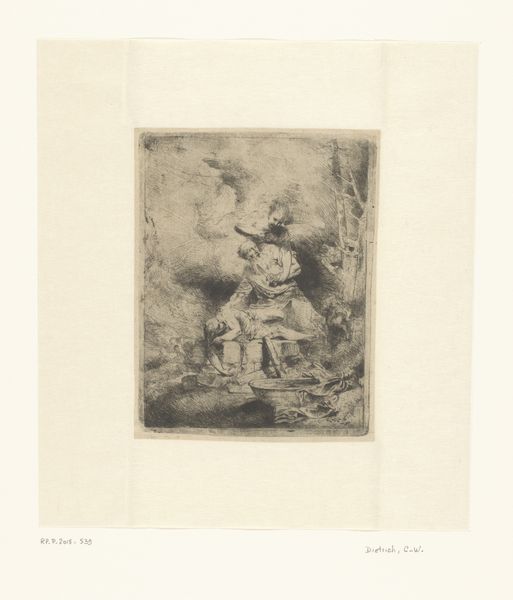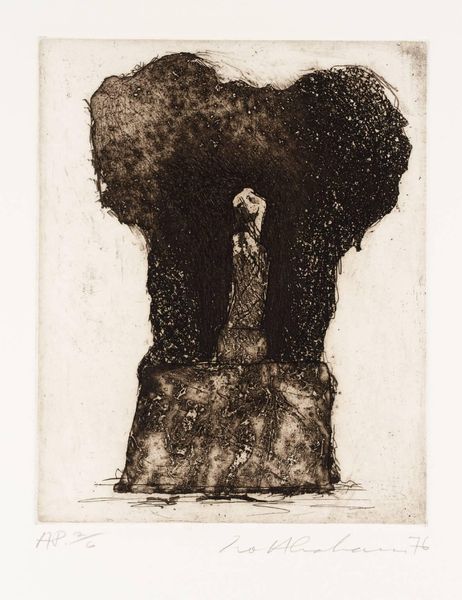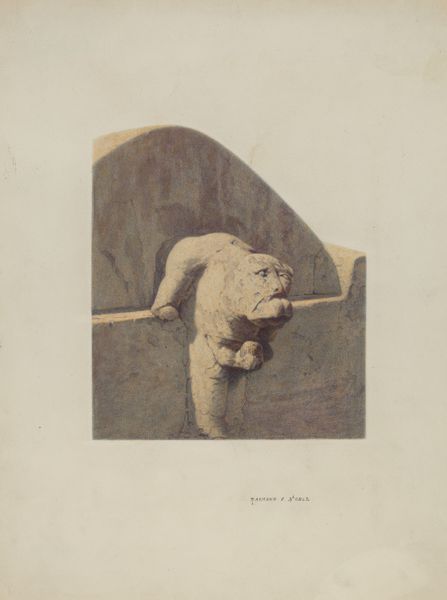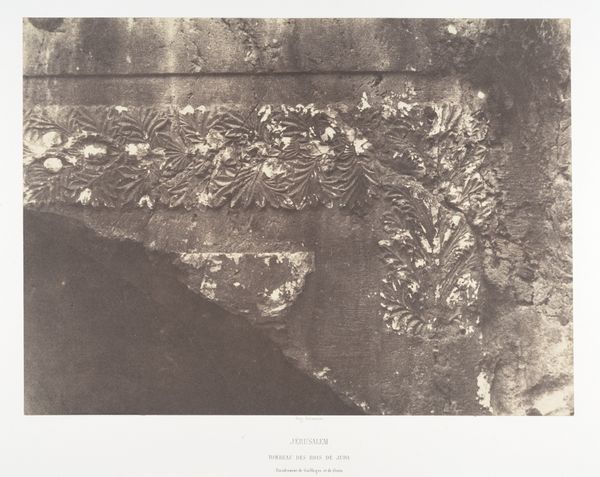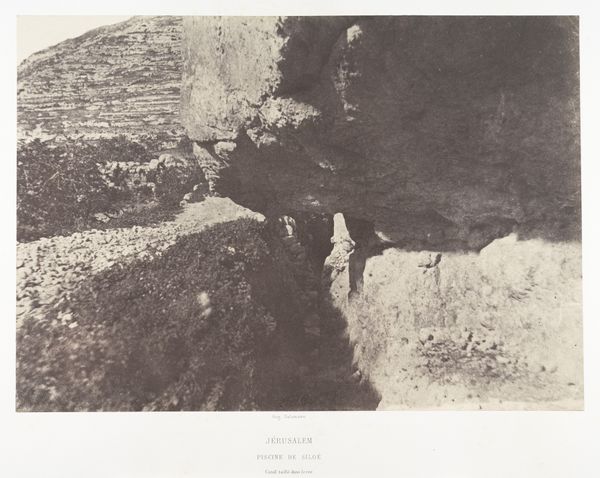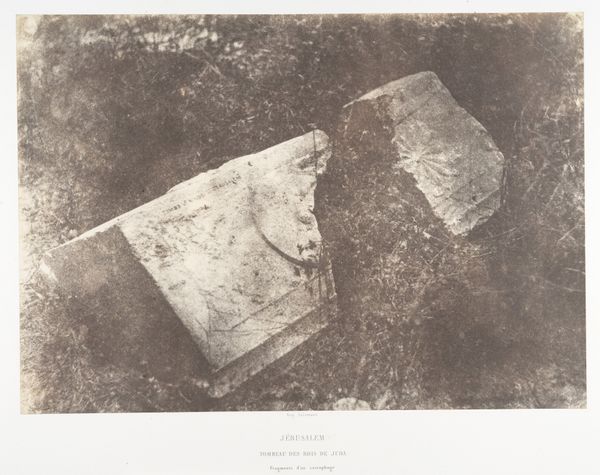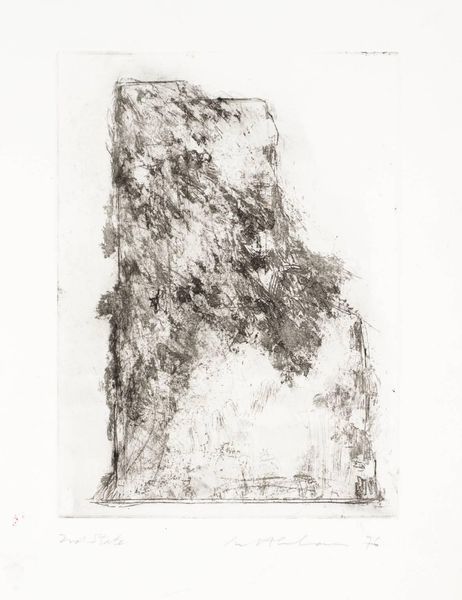
Jérusalem, Casque trouvé dans le Jourdain, 2 1854 - 1859
0:00
0:00
photography, sculpture, gelatin-silver-print
#
photography
#
ancient-mediterranean
#
sculpture
#
botanical photography
#
gelatin-silver-print
#
botanical art
Dimensions: Image: 23.2 x 33 cm (9 1/8 x 13 in.) Mount: 44.7 x 59.9 cm (17 5/8 x 23 9/16 in.)
Copyright: Public Domain
Editor: This photograph by Auguste Salzmann, taken between 1854 and 1859, is titled *Jerusalem, Casque trouvé dans le Jourdain, 2*. It’s a gelatin silver print, and it features a sculptural fragment of what appears to be a helmet. It's presented almost like a botanical specimen, against this stark white background. I find it fascinatingly eerie, like an archaeological find staged for display. How do you interpret this work? Curator: It is indeed staged, though with intentions exceeding mere documentation. Salzmann’s photography coincided with intense European interest in the Holy Land, often framed within colonial and religious narratives. By presenting this helmet fragment – this ‘casque trouvé’– as an isolated object, he imbues it with an almost relic-like significance. It's less about objective recording and more about creating a tangible connection to ancient history. Do you think the photograph’s aesthetic choices reinforce that? Editor: Absolutely. The sharp focus and contrast draw attention to the object's details and texture, while the neutral backdrop detaches it from its original context, almost elevating it. It becomes a symbol, maybe of faith or conquest. What was the reception of this photograph at the time? Curator: Salzmann’s photographs were part of a larger movement of photographic surveys intended to "scientifically" document historical sites, yet they were simultaneously marketed to a public eager for visual representations of Biblical narratives. His work gained recognition, but also fueled debates surrounding the role of photography in archaeological and historical representation. There was a tension between documentation and romanticized, politically-tinged storytelling. Editor: So it’s both a historical document and a carefully constructed image meant to evoke specific feelings and ideas about Jerusalem? I hadn't thought about the politics involved in showcasing this helmet. Curator: Exactly. Thinking about the intended audience helps unravel those complexities. It urges us to consider how cultural artifacts become imbued with new meanings in different historical contexts. Editor: That’s a great point. I’ll definitely look at early photography with a different lens from now on!
Comments
No comments
Be the first to comment and join the conversation on the ultimate creative platform.
